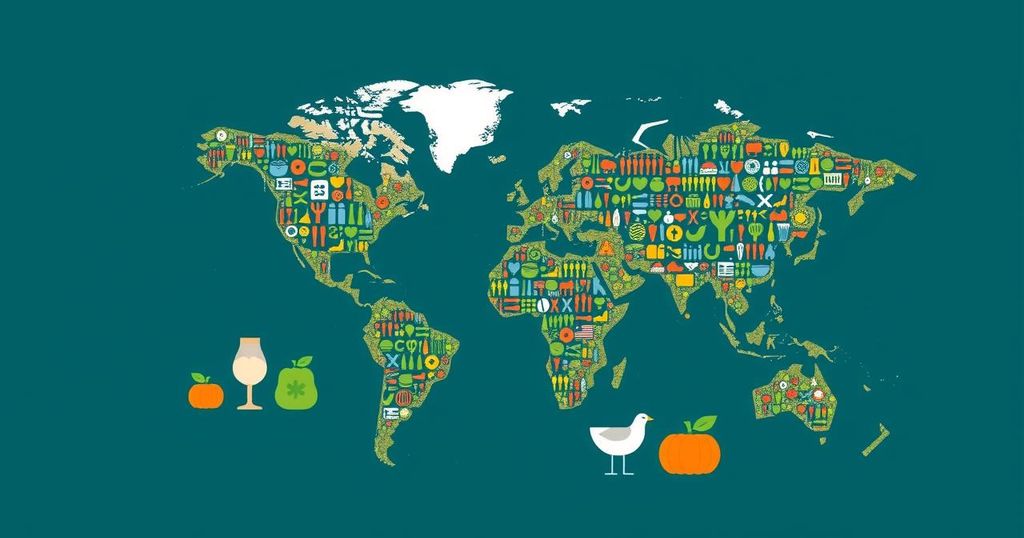The UN Global Nitrous Oxide Assessment warns of rising emissions of nitrous oxide, a potent greenhouse gas responsible for climate change and ozone depletion. Launched during COP29 in Baku, the report emphasizes the urgency of action to achieve climate goals, suggesting practical measures to reduce emissions by over 40%. It highlights the risks of inaction on public health and the environment, urging comprehensive nitrogen management strategies for sustainable development.
A recent report from the United Nations highlights the alarming rise in nitrous oxide (N₂O) emissions, posing a significant threat to the global climate, the ozone layer, and public health. Launched during COP29 in Baku, Azerbaijan, the United Nations Global Nitrous Oxide Assessment reveals that these emissions are increasing more quickly than anticipated, necessitating immediate intervention to mitigate their harmful effects. Nitrous oxide, being 270 times more effective than carbon dioxide at warming the atmosphere, is responsible for about 10 percent of net global warming since the industrial era, primarily stemming from agricultural practices involving synthetic fertilizers and manure. The Assessment underscores the critical need for urgent action, stating that without concerted efforts to reduce N₂O emissions, the objective of limiting global warming to 1.5°C will remain unattainable. It outlines viable strategies capable of decreasing emissions by over 40 percent, emphasizing the necessity of transforming food production systems and enhancing nitrogen management approaches. Additionally, abating N₂O emissions could prevent significant premature deaths globally due to poor air quality, enhance ecosystem health, and improve overall environmental quality. Given that nitrous oxide is currently the most significant ozone-depleting compound, the report warns that failure to address its emissions could lead to increased risks associated with higher ultraviolet radiation exposure, including skin cancers and cataracts. The findings advocate for comprehensive strategies that not only target N₂O reductions but also foster improved air and water quality while maintaining agricultural productivity. Officials from the FAO and UNEP stress that addressing nitrous oxide emissions is crucial for achieving sustainable agriculture and meeting climate goals. This collective message highlights an urgent call to action to preserve both human health and ecological integrity for future generations. The report positions itself as a pivotal resource for policymakers, providing concrete measures and strategies to tackle the rising emissions of nitrous oxide effectively, reinforcing the need for an enduring commitment to environmental preservation and public health safety.
The issue of nitrous oxide emissions has drawn increasing concern due to its profound impact on climate change and the ozone layer. As a potent greenhouse gas, nitrous oxide contributes significantly to global warming and is a key ozone-depleting substance. The recent report from the United Nations aims to bring attention to the escalating emissions of N₂O, predominantly resulting from agricultural practices. It underscores the necessity for immediate action to mitigate these impacts, particularly as the world strives to adhere to the climate limits established in international agreements such as the Paris Agreement. Understanding the urgent need for comprehensive nitrogen management and the vital role agriculture plays in this scenario is critical for developing effective policies.
The findings from the United Nations Global Nitrous Oxide Assessment serve as a wake-up call regarding the rising emissions of nitrous oxide and their extensive implications for climate change, the ozone layer, and global health. With a significant increase in N₂O emissions threatening efforts to limit global warming to 1.5°C, the report lays out concrete pathways for reducing these emissions through improved nitrogen management in agriculture. These necessary actions not only aim to protect our environment and public health but also strive for a sustainable agricultural future.
Original Source: www.fao.org






